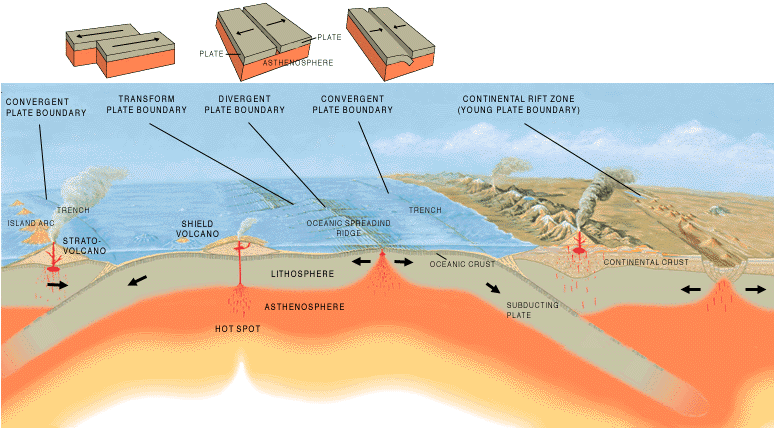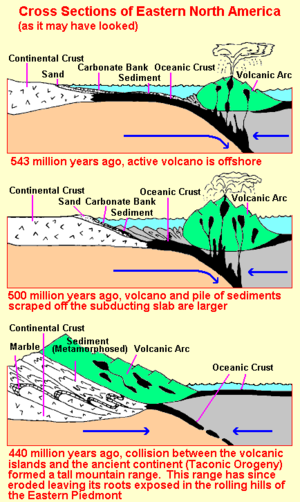The estimated abundance of gold in the earth’s crust is 4x10-3 milligram per kilogram meaning this is the average amount of gold found in every kilogram found in the earth’s crust. Although gold can be found virtually every place on earth the trick is to find it where it has been concentrated by geological processes to make it profitable to mine. The necessary conditions are found in several places on earth that within reason have similar conditions that are called by several different names. One of the most common names is “Gold Belt” another is “Gold Province
Gold is also deposited when it has been eroded from the rock where it was primarily deposited as detritus in the beds of streams or a similar environment. In this form gold is called “Placer or alluvial gold.” Aside from being found in stream sediments it can also be found in sandstone or conglomerate that are really nothing other then fossilized sedimentary deposits. The largest known deposit of gold is in one of these fossilized conglomerate deposits, the Witwatersrand in South Africa
Primary gold deposits accompanied by placer deposits are found mainly in suture zones where one tectonic plate collides with another. In some cases the oceanic plate is subducted beneath a continent with little affect. In other cases two continental land masses collide throwing up ranges of great mountains. There are several examples of this on earth today. The grand daddy of all mountain ranges caused by such a collision is the Himalayas caused by the collision of two continents, the Asian and the Indian plates. Between these plates there used to be an ocean called the Tethys Sea Appalachians , the Alps , the Andes , the Rockies to name a few of many.
Because of the nature of this subject it will require several separate articles to treat it as it should be. The next article in this series will explain how mineral deposits are emplaced in a suture zone including gold.


